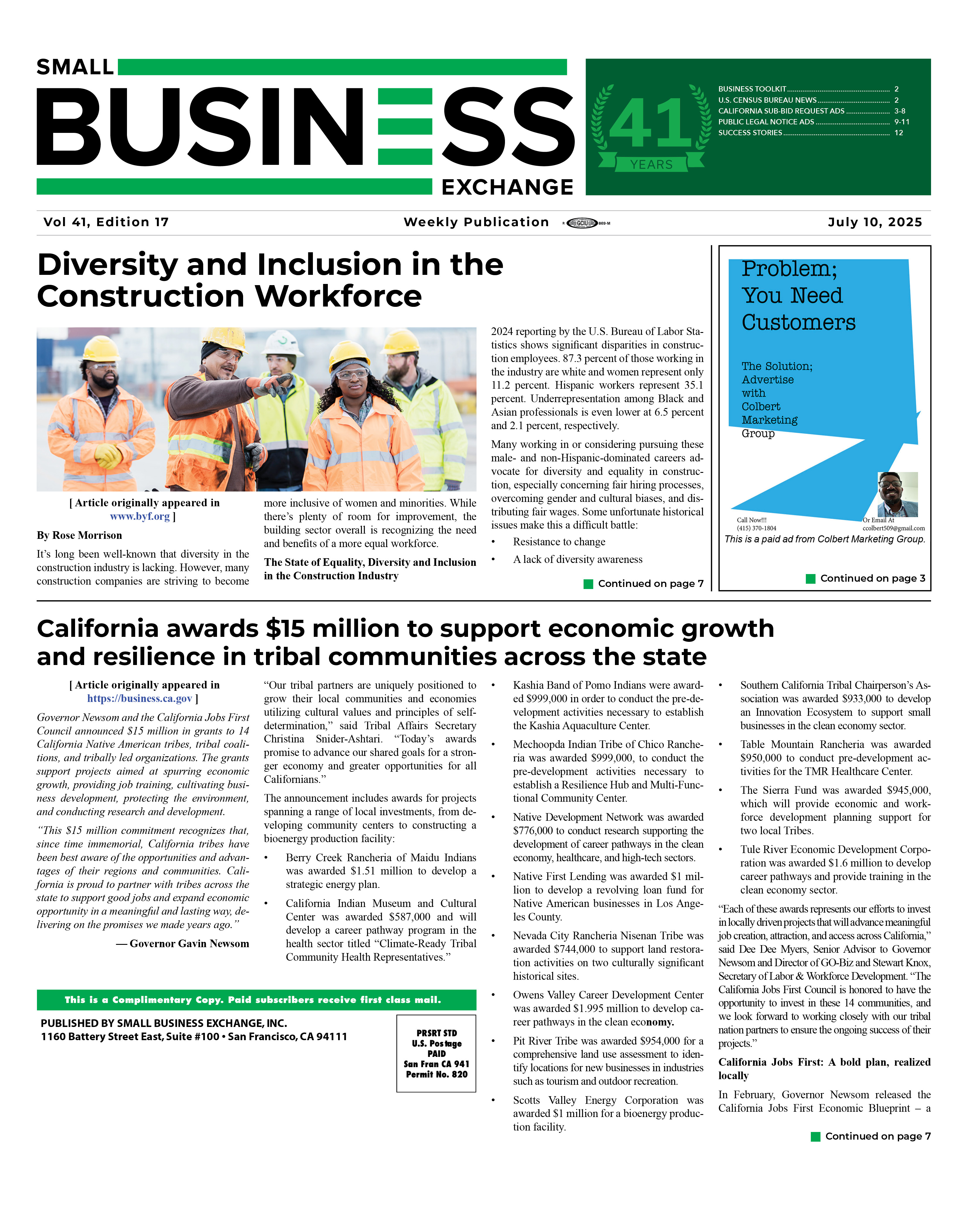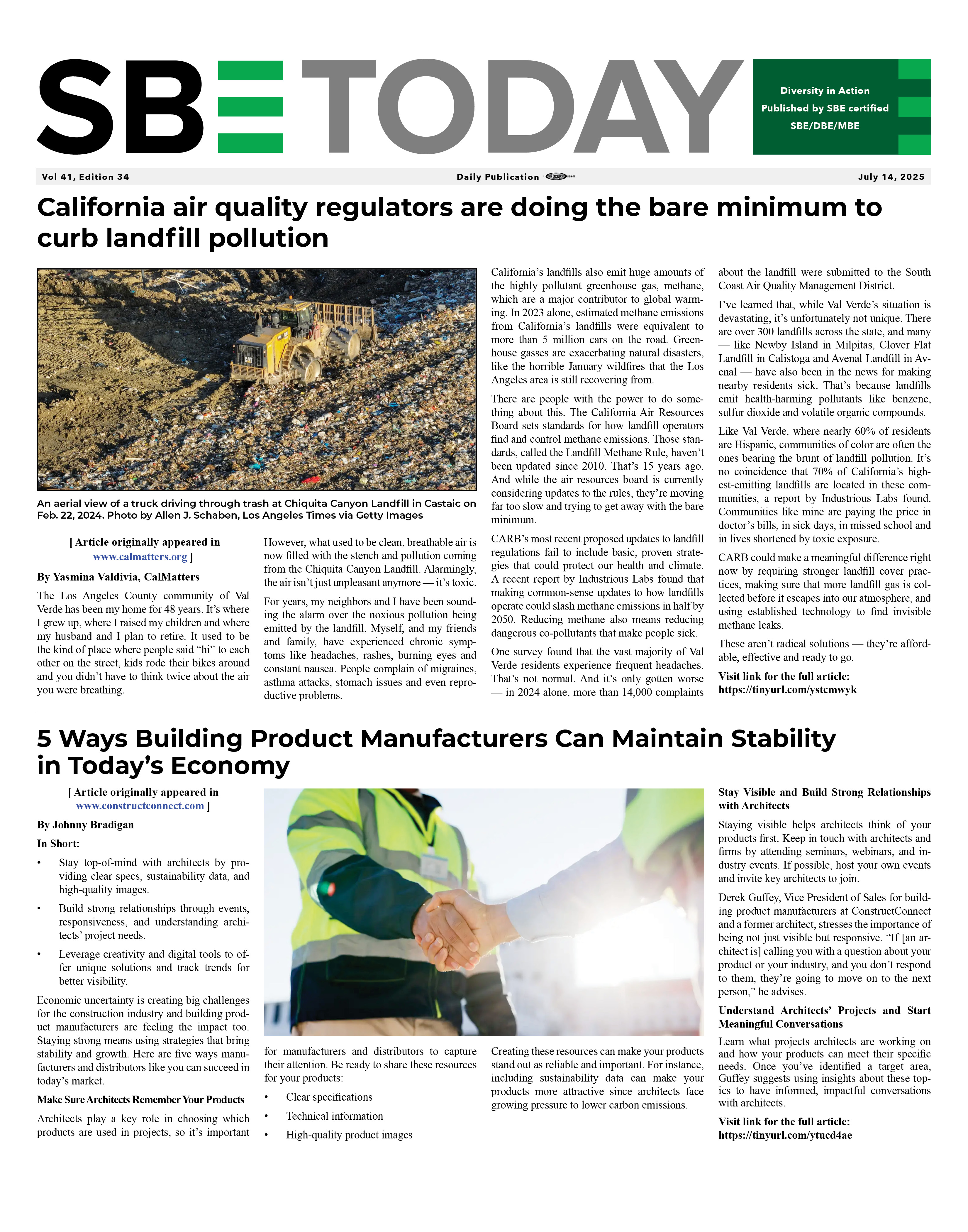Increase in Number of Fatal and Nonfatal Injuries For Construction Workers in 2018
12/31/2019
By: Kendall Jones, The construction industry again had the highest number of fatalities of all industries with 1,008 worker deaths. This is a 2.0% increase over the 971 fatal injuries in 2017. The construction industry represented 19% of all private industry worker deaths in 2018. The fatal injury rate for the construction industry in 2018 was 9.5, which so no change from the previous year. For all workers, the fatal injury rate remained at 3.5 in and 2018. The fatal injury rate is calculated as the number of fatal occupations injuries per 100,000 full-time equivalent (FTE) workers. Despite accounting for the highest number of worker deaths, the construction industry only had the fourth highest fatal injury rate among all industries. Agriculture, forestry, fishing, and hunting had a fatal injury rate of 23.4 per 100,000 FTE followed by mining, quarrying, and oil and gas extraction at 14.1, and transportation and warehousing at 14.0. The number of nonfatal injuries and illnesses in the construction industry increased from 198,100 in 2017 to 199,100 in 2018. The incidence rate for nonfatal injuries and illnesses dropped from 3.1 in 2017 to 3.0 in 2018. Construction Worker DeathsIn the construction industry, the four leading causes of worker deaths not involving highway collisions were falls, being struck by objects, electrocutions, and getting caught-in/between objects. OSHA has dubbed these the Fatal Four as they were responsible for 58.6% of all construction worker deaths in 2018. Fatal Four Construction Worker DeathsFalls - 338 out of 1,008 total construction worker deaths in 2017 (33.5%) Struck by Object - 112 (11.1%) Electrocutions - 86 (8.5%) Caught-in/between - 55 (5.5%) Transportation IncidentsThe other major leading cause of construction worker deaths was transportation incidents which accounted for 250 deaths in 2018, up from the 234 fatalities in 2017. Most of these deaths (152) were from roadway incidents involving motor vehicles: 88 were from collisions with other vehicles, 35 were from collisions with an object other than another vehicle, and 29 were caused by a noncollision incident such as a jack-knifed or overturned vehicle. Of the 56 pedestrian vehicular fatal injuries to construction workers, 36 occurred in work zones. Other Events or ExposuresViolence and other injuries by persons or animals resulted in 61 construction worker deaths in 2018. There were 30 deaths caused by intentional injuries by another person and 28 deaths caused by suicides on the jobsite. There were 16 construction worker deaths caused by fires or explosions. Of those, 12 were attributed to explosions and 4 were attributed to fires. Occupations With Highest Number of FatalitiesThe top 10 occupations that resulted in fatal injuries in the construction industry were:
Nonfatal Injuries and IllnessesOf the 199,100 recorded injuries and illnesses suffered by workers in the construction industry in 2018, over 39% of them involved workers missing days away from work. Those 77,490 injuries and illnesses that required days away from work resulted in 21,230 sprains, strains and tears; 14,300 incidences of soreness or pain; 10,180 cuts, lacerations, and punctures; and 9,920 fractures. The median time away from work after suffering an injury or illness on the job in construction was 10 days in 2018, the same as in 2017. Of the 77,490 accident injuries involving days of work missed, 10,500 involved only one day away from work. On the other end of the spectrum, 24,260 accident injuries involved 31 days or more away from work, which comes out to 31% of all accident injuries requiring days away from work. In addition to probably meaning those were severe injuries inflicted on workers, that’s a lot of lost productivity and man-hours for employers to have to deal with. Sources and Events Leading to Nonfatal InjuriesThe leading sources of injuries to workers in the construction industry that required days away from work include: parts and materials, 16,960; the injured worker, 9,490 (with 9,330 cases caused by the worker’s position or movement); hand tools, 8,240; floors, walkways, and ground surfaces, 7,150; vehicles, 5,300; and machinery, 5,260. For the construction industry, contact with an object or equipment was the leading event for nonfatal injuries that involved days away from work at 26,490. Next up was fall, slips, and trips which accounted for 22,020 injuries with 11,960 being falls to a lower level. Overexertion and bodily reaction caused 20,240 injuries and 3,630 were from transportation incidents. Violence and other injuries by persons or animal were responsible for 780 injuries. Of those, 660 were from animal or insect related incidents and 100 were from intentional injury by another person. Fires and explosions caused 230 injuries and exposure to harmful substances or environments were responsible for another 2,970 injuries. Occupations With Highest Number of Nonfatal InjuriesThe top 10 occupations that resulted in injuries or illnesses with days away from work in the construction industry were:
The number of injuries and fatalities that occur in the construction industry each year is unacceptable. Companies, supervisors, and safety managers need to make training a top priority and ensuring that workers know how to perform their jobs safely and are equipped with the proper safety and personal protective equipment. Remember, the rules and standards set out by OSHA are the bare minimum that employers are required to follow to ensure each and every worker makes it home safely at the end of each shift.
Wishing everyone a happy, safe, productive, and prosperous new year. Back To News |
|
|
|
ABOUT SBE Inc.
Small Business Exchange Inc., is the ultimate business information hub for small businesses, disadvantaged, Asian, Black, Hispanic Women and Disabled Western-owned Business. Founded in 1984 by Gerald W. Johnson and Valerie, Voorhies, SBE, has been working for over two decades to provide businesses with the most powerful tools available and accurate, up-to-date information about contract opportunities in the public and private marketplaces. CONTACT
Small Business Exchange, Inc.
Phone: 415-778-6250
© 2025 Small Business Exchange, Inc.
|
||
|
|
Increase in Number of Fatal and Nonfatal Injuries For Construction Workers in 2018
12/31/2019
Back To News |
|





